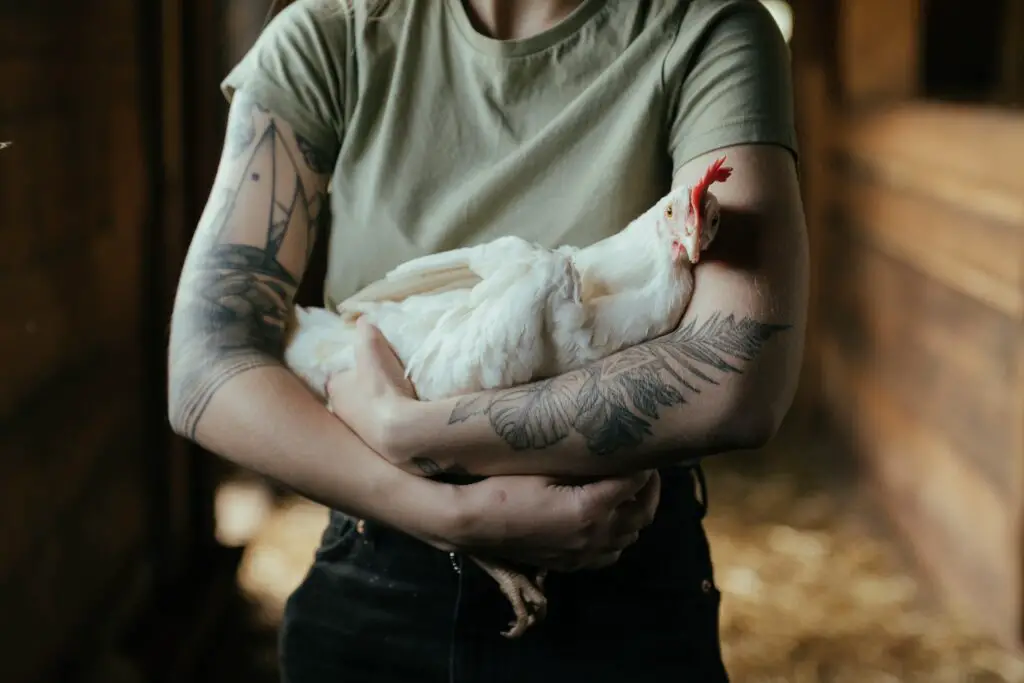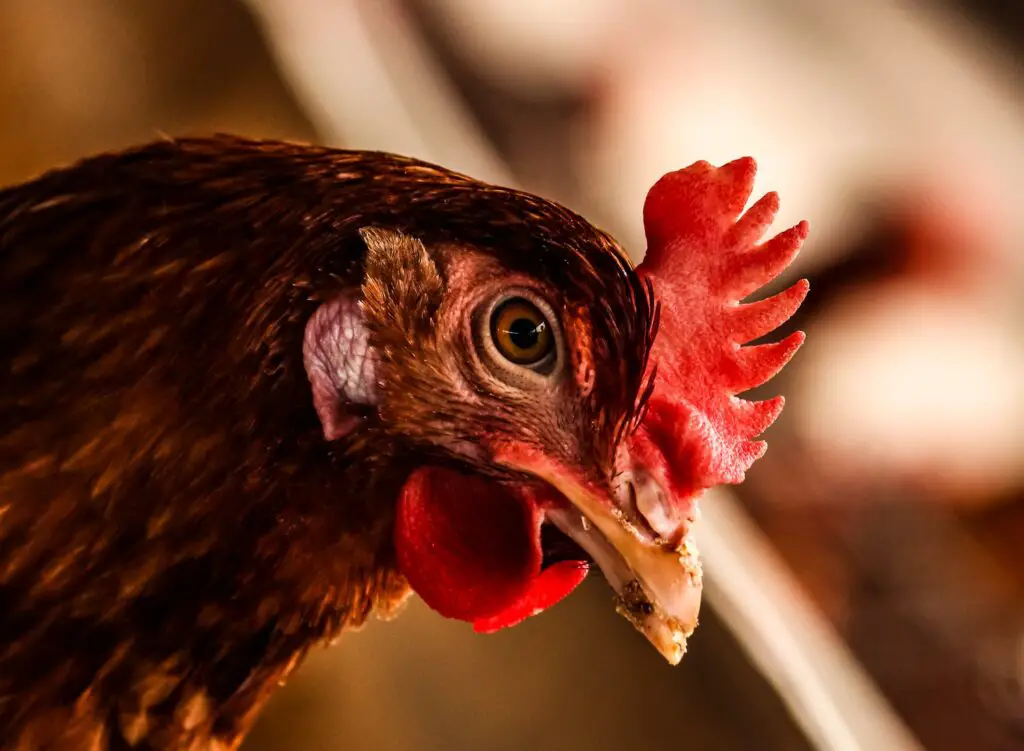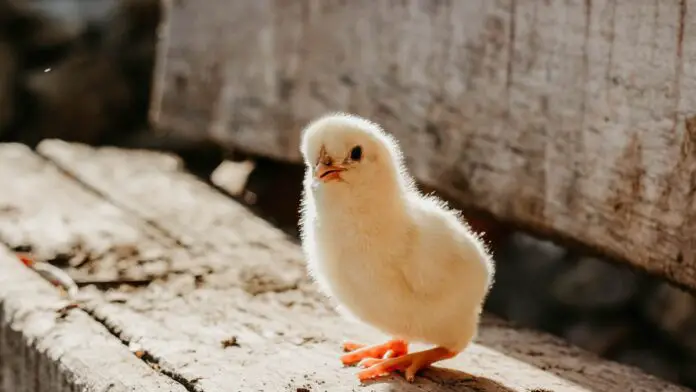Some links on this page may contain affiliate links which means that, if you choose to make a purchase using the link, Agricfy.com may earn a small commission at no extra cost to you. For more information, go to our Affiliate Disclosure Page!
Introduction
One of the most significant factors in the profitability of the poultry farming company is the prevention and treatment of poultry diseases and illnesses.
Many farmers have closed down their farms due to the fact they don’t have the cure for several diseases that are hitting their birds. You may ask, what are poultry diseases control and prevention that is sustainable?
This key fact explains why understanding your cost of production is critical, how to use benchmarking to track firm profitability, and how to utilize financial ratios to predict future viability. For the prevention and control of poultry illnesses, keep the following essential elements in mind.
Diseases in your flock can be caused by a variety of circumstances. You may put procedures to limit the risk of disease by understanding its causes and how it spreads.
The disease can cause a drop in performance in areas including breeding, growth rate, feed conversion, and egg production. The disease can also impact the look of display birds and the capacity of pigeon flocks to race.
Although there are various causes of disease, chickens are often sick due to a combination of factors.
Causes of Poultry Diseases
Stress

The ability of birds to withstand sickness can be harmed by extreme physical stress. Flocks rely on humans to provide them with:
Suitable food and clean, uncontaminated water suitable ambient conditions shelter
If these are not provided, birds may be stressed by fear, starvation, dehydration, overcrowding, filthy environments, and climate extremes.
Infectious Agents
Infectious agents are live organisms that cause sickness or illness in birds. They can be transmitted from one bird to another. External parasites (lice and mites), as well as interior parasites (bacteria, viruses, and fungus), are among them (worms, coccidiosis, blackhead). The term pathogen refers to infectious agents that cause disease.
Environmental Conditions
Birds can become ill as a result of certain environmental factors. However, unlike infectious diseases, the ailment does not transmit from one bird to another. When the environment impacts the health of birds, it is mainly due to the animals’ inability to adjust to the circumstances. The following are examples of environmental influences that might cause disease:
- Poisons
- Injury
- nutritional deficits physical stress
- Temperature extremes and poor air quality
- Disease-carrying animals and insects, such as rats and darkling beetles
A region’s poultry industry might be wiped out by certain illnesses. A quarantine or embargo might be imposed on an area or country if one of these illnesses occurs. This might put both commercial and small flock owners in a difficult financial situation.
Flock owners must diagnose infections immediately to prevent them from spreading to other animals and the poultry business. Therefore, the earlier an illness is detected and treated, the better.
Poultry Diseases Control and Prevention
Poultry Diseases

Some illnesses have a bigger impact on the avian population and have more severe repercussions than others. One of these, pullorum-typhoid illness, generated such worry that the National Poultry Improvement Plan was established. The NPIP’s active efforts to manage this disease have been exceedingly effective, and the disease is now practically eliminated. However, because of continuing exposure from imported birds and other sources, pullorum-typhoid testing must be continued.
While pullorum-typhoid illness is no longer a major problem, other diseases still threaten today’s chicken population. Avian influenza and Exotic Newcastle Disease are two of them.
Flock owners can safeguard their birds and encourage improved animal health by learning about these illnesses. These illnesses are described below, along with their symptoms, how they spread, and effective preventative techniques. Take the time to familiarize yourself with this material.
- Avian Influenza
Avian influenza (AI) is a disease that affects birds’ respiratory systems. Chickens, turkeys, pheasants, quail, ducks, geese, and guinea fowl, among other species, are susceptible to AI viruses. In addition, waterfowl on the move appears to be a natural reservoir and host for AI viruses. The severity of the sickness caused by the type A influenza virus is categorized. Based on the degree of the sickness they produce in birds, AI viruses are classed as low pathogenic or highly pathogenic.
AI viruses are transferred mostly by respiratory secretions and excrement between healthy and diseased birds. The illness can be spread by:
- Poultry exposure to wild ducks
- Bird-to-bird contact
- International bird trafficking is a serious problem.
- People and farm equipment movement
- Poultry and poultry products smuggling
- People who have come into touch with the virus through their clothing or shoes, as well as contaminated poultry equipment (such as cages and crates, manure, trucks, and egg flats).
Symptoms of Avian influenza in the clinic include:
- Sudden death, without any clinical symptoms
- Hunger and a lack of energy
- Lack of consistency
- Diarrhea
- Soft-shelled or malformed eggs, as well as reduced egg output
- Head, eyelashes, comb, wattles, and legs all swell
- The wattles, combs, and legs have a purple discoloration
- Coughing, sneezing, and nasal discharge
Avian Influenza Prevention:
- Poultry should be kept indoors
- Farm ponds and bird feeders should be avoided
- Waterfowl, both wild and tame, should be avoided at all costs
- Markets selling live birds should be avoided.
- Cats, rats, beetles, insects, and other pests must all be controlled.
- In the event of an unexpected death, seek medical assistance
- If you work in poultry or swine processing, stay away from your flock
- If at all possible, avoid sharing equipment
- If you’re borrowing or sharing equipment, make sure it’s clean and disinfected
- Pullorum-Typhoid (PT)
All varieties of chicken are susceptible to infection by the Pullorum-Typhoid (PT) bacteria, which are host-adapted. Turkeys, for example, are extremely susceptible to sickness. Therefore, they must be tested using a serum test since research has shown that this is the most effective test for these birds.
Pullorum-typhoid sickness affects chickens in particular. Both hens and roosters may carry the germs, and they commonly do so without displaying any symptoms. However, on rare occasions, an adult bird’s joints may display indications of swelling, which is a sign of probable pullorum-typhoid infection.
PT Signs and Symptoms:
- Indications of edema in adult birds’ joints
- The high mortality rate in the first three weeks after hatching, with up to 100% of the brood dying
- Many internal organs have severe lesions
- Feces that is white and pasty
- Exotic Newcastle Illness (END)
This is a viral disease that affects all bird species and is infectious and lethal. It’s one of the world’s most contagious poultry illnesses. Because END is so lethal, many birds die without ever displaying any symptoms of the disease.
END may cause mortality even in vaccinated chicken flocks, with a fatality rate of nearly 100% in unvaccinated flocks. Birds illegally trafficked into the United States are not quarantined or tested by the US Department of Agriculture, and hence may have the END virus. Poultry hobbyists and owners of pet birds should be extremely cautious.
END Signs and Symptoms:
- Sneezing, gasping for air, nasal discharge, and coughing
- Diarrhea that is greenish and watery
- Drop-in egg production, which can range from partial to total
- Eggs with thin shells are produced
- Tissue swelling around the eyes and around the neck
- Infected flocks have sudden mortality and a high death rate
Biosecurity and effective immunization efforts can help to prevent END. Avoid interacting with other people’s pet birds, game fowl, and live bird markets as well.
Diagnosis And Treatment

You may use the Internet or an excellent poultry disease guidebook to assist you in identifying the right diagnosis in your backyard flock once you’ve identified the symptoms and lesions. Your county agent or Extension poultry specialists might also be of assistance.
An expert will propose a therapy when you or a specialist detect an illness. Take care to use the correct dosage, administration technique, and time frame while administering the drug.
The difficulty of detecting many chicken illnesses can be reduced by being familiar with disease signs and lesions and following suitable diagnostic techniques. If you’re a commercial poultry breeder, call your service technician when you suspect your flock is suffering from a sickness.
Based on their necropsy of ill birds on your farm, your service technician may prescribe a treatment plan. Follow your service technician’s instructions for a treatment program as well as temperature and home environment control. Keep a good biosecurity program in place.
Allow no unwelcome guests to your farm, and avoid visiting other farms that include chickens. Limit your interactions with other farmers at locations like feed shops, co-ops, and cafés. Wearing your chicken house clothing to town and checking your birds in the same clothes you wore to town is not a good idea.
Conclusion
It’s critical to keep track of general production numbers, including daily mortalities, feed and water use, and egg output. The first indicator of sickness is frequently a decline in productivity or a change in the feed conversion ratio. Therefore, keeping and monitoring records can aid in the early detection of sickness.
A large number of fatalities serves as an instant warning that there is a problem.
After knowing a few of the many poultry diseases control and prevention, if you want to want a poultry farm, then you can check out the article HERE.



There’s certainly a great deal to know about this topic. I really like all of the points you made.